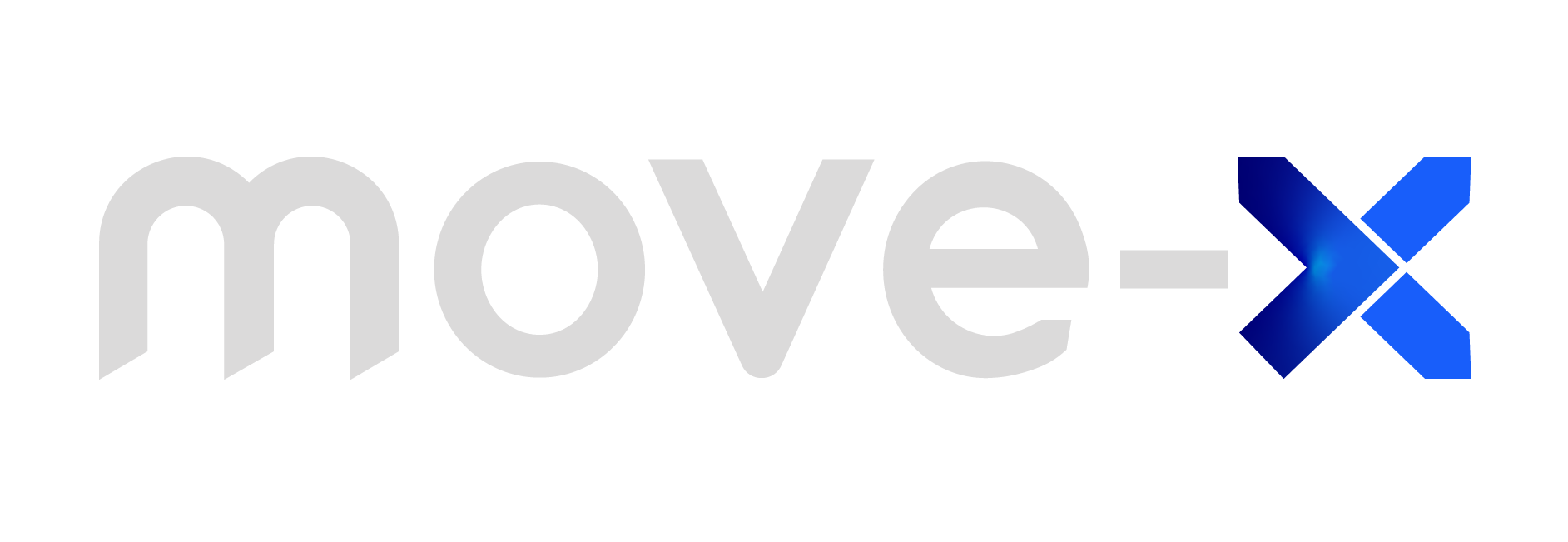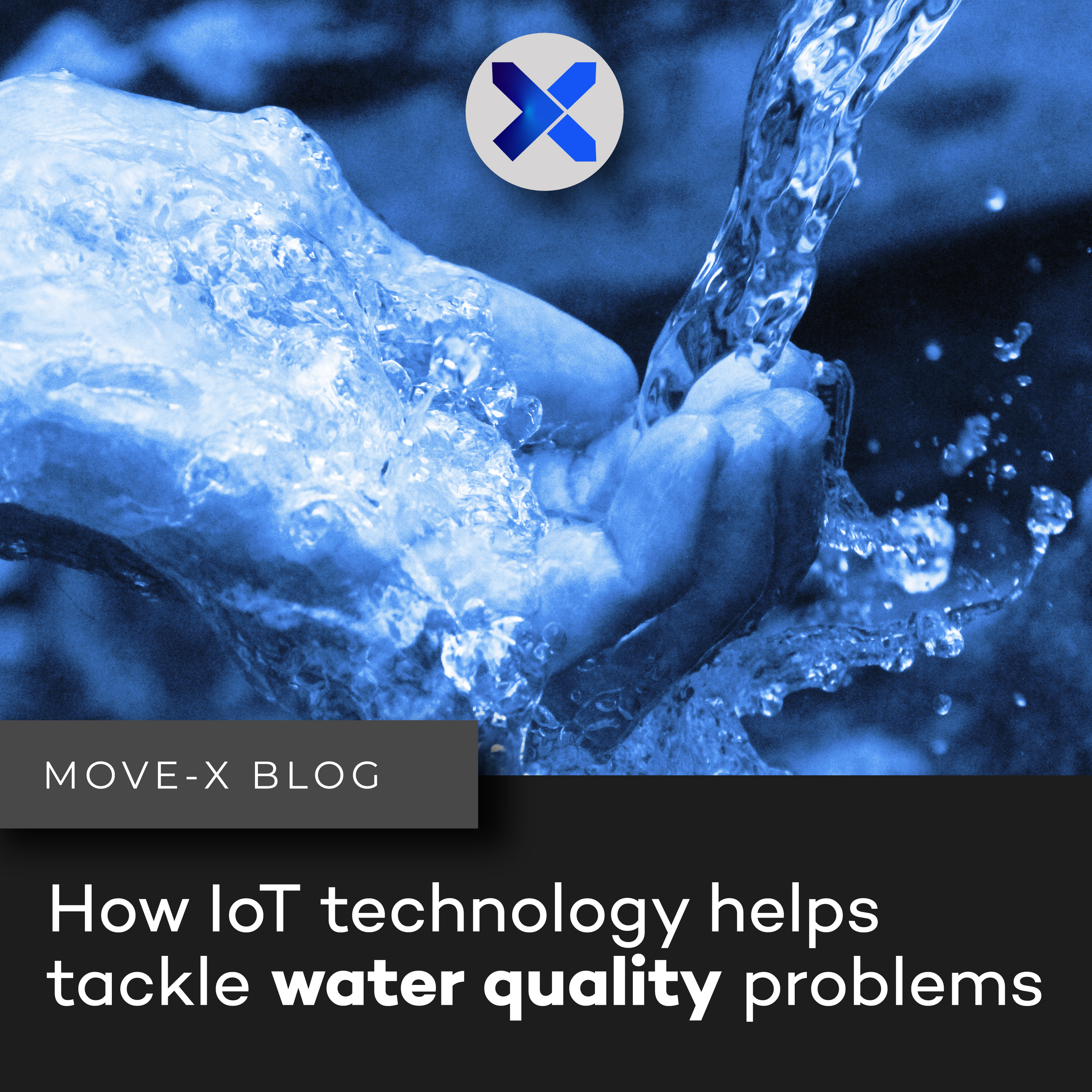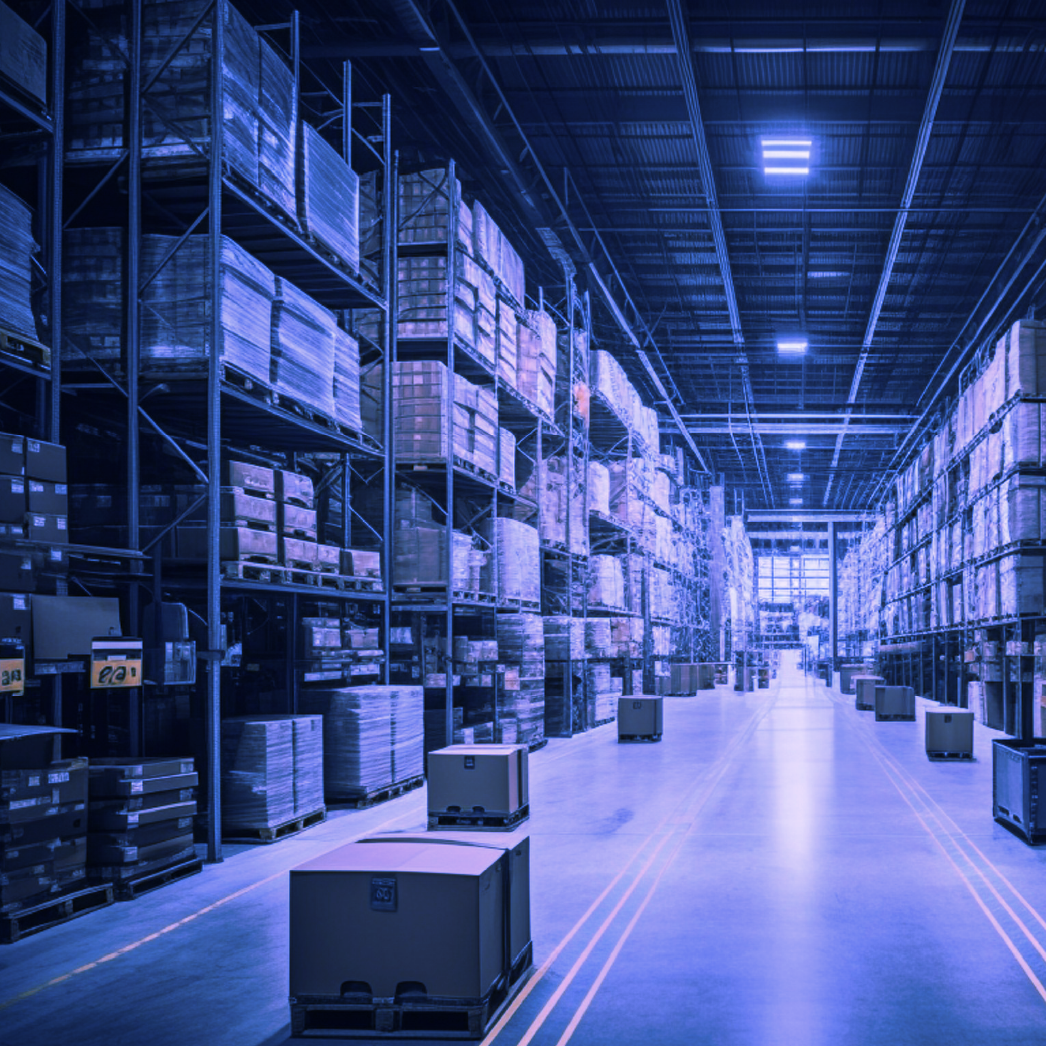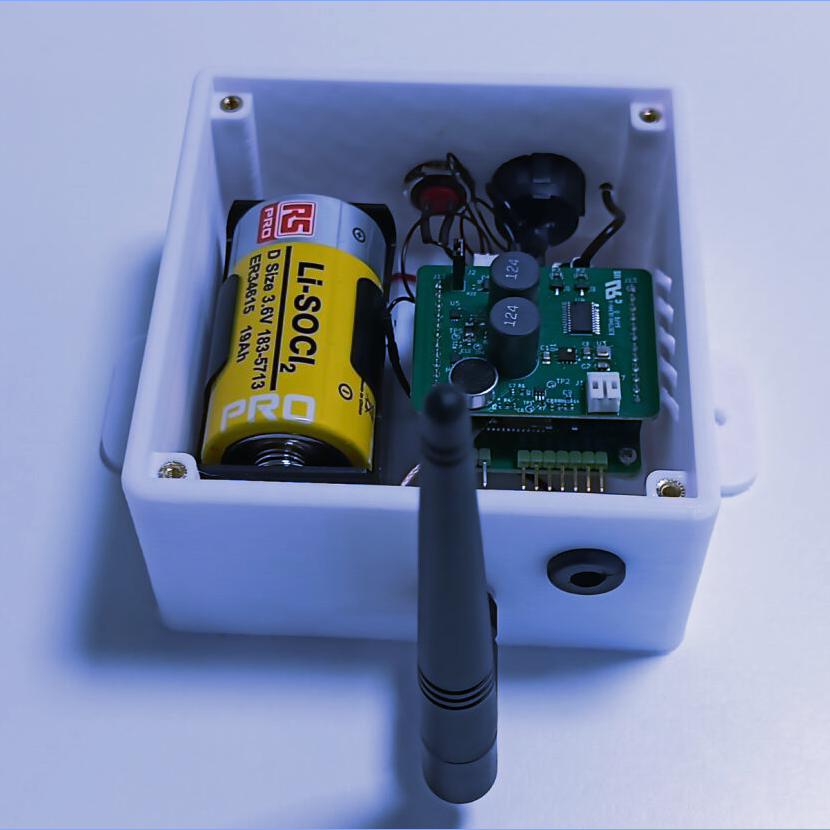How IoT technology helps tackle water quality problems
How IoT technology helps tackle water quality problems
Fresh water is what allows the survival of human beings, animals and plants on this planet: it is what makes our Earth the place we know, as we know it. However, today it is a luxury.
Due to the decrease of rural areas, global warming, the use of chemicals in many industries, and the growing worldwide population, access to drinkable water has been exponentially reduced. We have less water and the water we have is more polluted.
Water pollution occurs when harmful particles get dissolved into water sources like lakes, rivers, ponds, seas and oceans.
The main causes for pollution are city sewage, industrial waste discharge, chemicals used in modern agriculture and intensive farming practices. Major water polluting agents are viruses, bacteria, parasites, fertilisers, pesticides, pharmaceutical products, radioactive substances, nitrates, phosphates, faecal waste, and plastics.
Bad water quality is detrimental to our health, our environment and our economy.
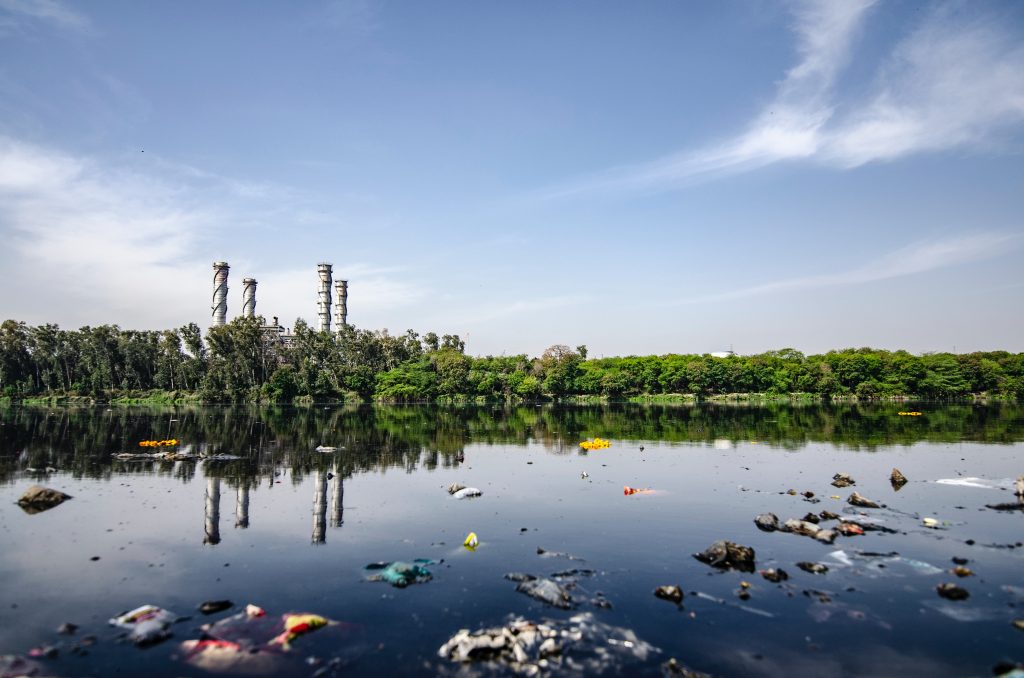
Some of the consequences of poor water quality are:
- Destruction of biodiversity: polluting agents in water severely affect aquatic ecosystems and initiate an excessive growth of phytoplankton that can form harmful algal blooms, producing extremely toxic compounds for every living being.
- Food chain contamination: fishing in polluted waters and the use of bad quality water for agriculture and livestock contaminates the food we eat.
- Scarcity of drinkable water: if pollution of water is not kept under control, there will soon be no fresh drinkable water, in urban as well as rural areas.
- Diseases and death: According to the World Health Organisation more than 2 billion people across the world do not have access to pure water, which means that they have to drink polluted water, exposing themselves to the risk of diseases or even death, especially in children.
Water quality and scarcity will soon be one of the most important global problems vital to the survival of every living being on this planet. That is why there is an extreme urgency to find effective solutions to these problems.
Traditionally, water quality monitoring was performed manually: water samples were collected and sent to laboratories for examination. This process not only involves a lot of time, costs and human resources, but it also doesn’t provide data in real-time.
When water pollution can be detected at an early stage, suitable safety measures can be implemented in time, avoiding risky situations. In order to ensure access to fresh drinkable water, it is important to have real-time monitoring systems. That is possible thanks to Internet of Things (IoT) technology.
IoT devices are wireless, small and easy-to-install sensors that can detect the type and the amount of polluting agents present in the water and send real-time data to a cloud platform for safe and effective remote monitoring. They can be used in industries such as manufacturing, agriculture, energy, farming and much more, to check bacteria, dissolved oxygen, electrical conductivity, chlorine, temperature, humidity, pH, water level, etc.
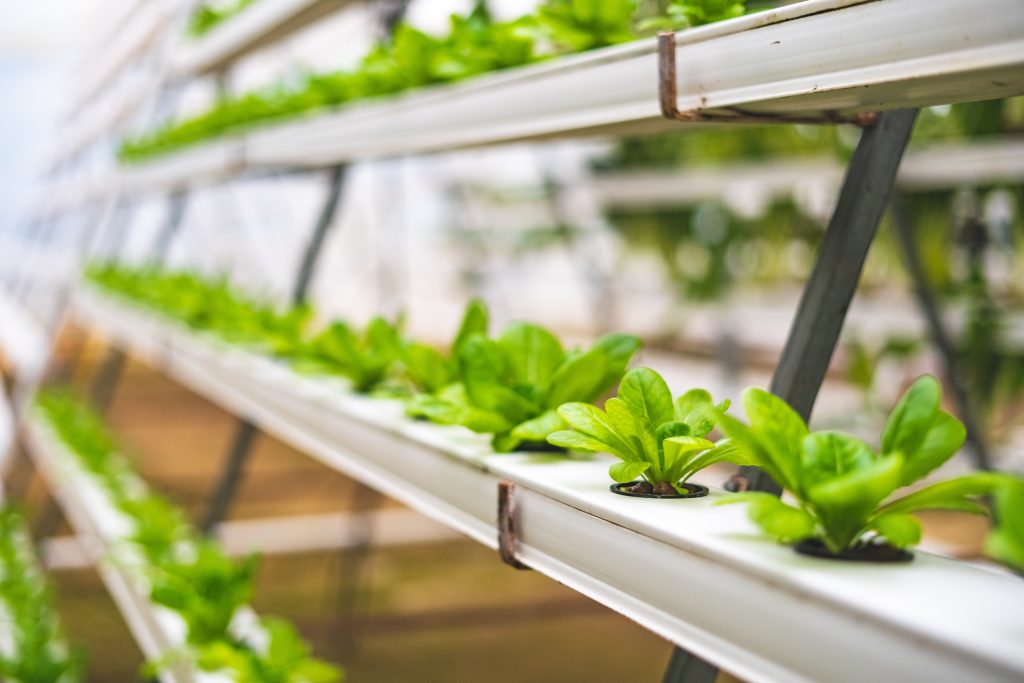
With IoT technology, water quality monitoring systems can be:
- Smart
- Wireless
- Low-powered
- Cost-effective
- Simple to use
- Highly efficient
They can also offer continuous monitoring and send real-time alerts in case of anomalies.
In recent years, we have exploited and polluted our planet like never before, thinking that what we do to it would not affect us. We now know we were wrong.
It is time to use new technologies to help our environment and, with it, ourselves.
Here at Move-X, every day we work hard with that in mind. We want to leverage technology to help make this planet a better place. That is why we have designed unique IoT solutions for smart, cost-effective and efficient water quality monitoring systems.
Let’s be better together.
Let’s start today.

